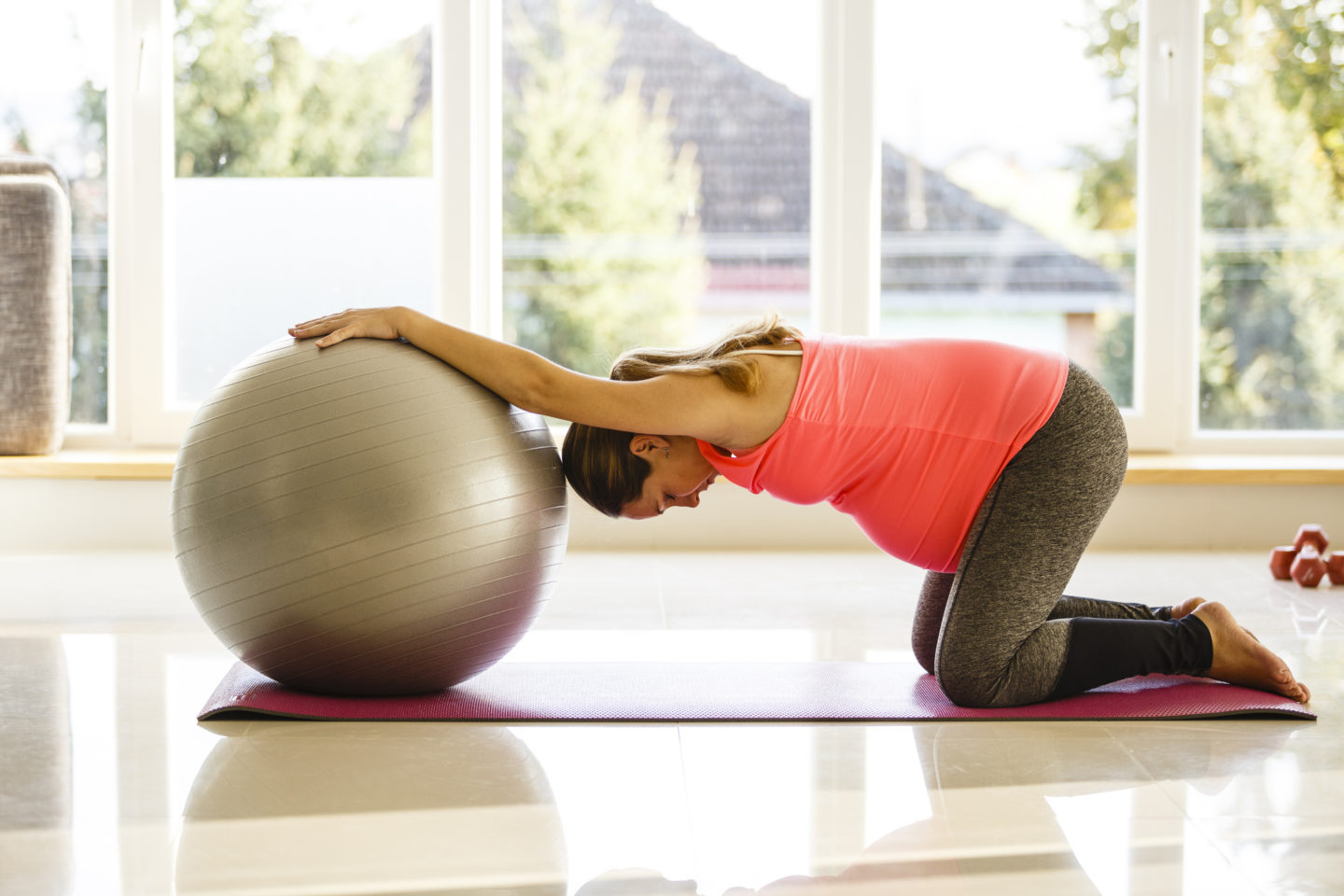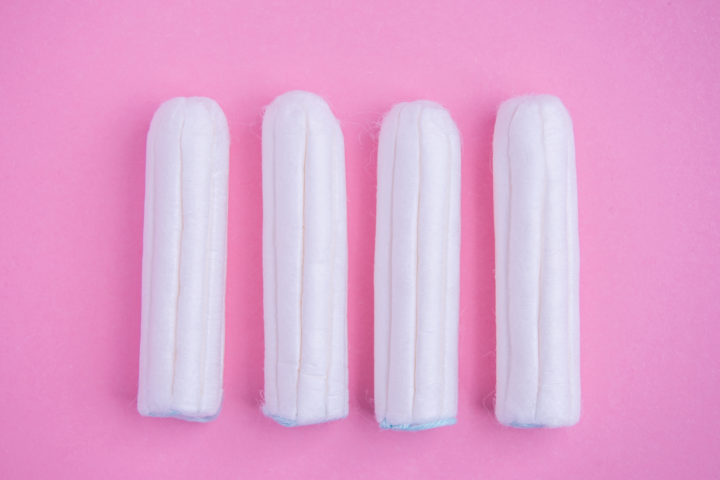It’s not just for yoga.
So, that big ball you use for yoga, the same one your co-worker sits on instead of a chair so she can improve her posture? It turns out that it may be able to help you have an easier labor, delivery, and postpartum experience.
Exercise balls and birthing balls are essentially the same thing – they’re both made of anti burst material, so you can sit and bounce on them. When selecting a birthing ball, you should make sure your knees are 4 inches lower than your hips when sitting, so take your height into consideration when you’re purchasing a ball. When you’re pregnant, using a birthing ball for exercise can allow you more flexibility in terms of movement.
“I used it for the last several weeks of pregnancy,” said J. “Basically, it allows you to sit differently than a chair or sofa, so you can put pressure on different parts. If you sit in certain positions, it can help with the opening of the hips too, which is nice. It felt good.”
During labor, the birthing ball can be used to coax the baby into better position for birth, or keep in a good position if it’s already there. You can bounce on the ball between contractions and roll on it during contractions (if you do so in wide circles, it can actually help to open the pelvis and make pushing easier). If you’re so over being pregnant and you’d like to do what you can to get labor started, a birth ball could also help with that. Physical Therapist Micki Marie Morrison, who specializes in women’s health and pediatrics, suggests getting on the ball (literally) and rolling the pelvis so that the lower back and hip muscles are relaxed, and the baby can be nudged towards the exit.
A 2015 study published in the Journal of Obstetrics and Gynaecology Research established that using a birthing ball during labor could reduce pain during labor. It could also potentially ease your stress and anxiety, since you have another thing to concentrate on – whatever you’re doing with the ball – and repetitive motion can prove soothing.
The peanut ball (referred to as such because it resembles a peanut), a variation on the birthing ball, can also be used in labor, and might be effective at reducing the length of it, as well as the possibility that you’ll needing a c-section. If you have an epidural, and are therefore limited in your movements, the peanut ball can be placed between your legs, and it’s kept in place via a pillow placed behind your hips, so that your legs are supported. This can create more room for the baby to descend in the pelvis, and limit the need for interventions, such as a c-section.
Needless to say, birthing balls don’t do it for everyone, at least not in terms of physical relief. H’s doula suggested the ball, but she found it very uncomfortable, and so it was taken away. C tried one while in the hospital in labor with one of her sons. “It was a distracting, happy idea, and a nice change for a few minutes, but it didn’t really move things along.”
Although J, who used a ball during one of her pregnancies, loved the experience, she’s not sure if it actually helped to speed up labor, which lasted for 40 hours. During her second pregnancy, her labor was much quicker- 18 hours – and her water broke at the beginning of labor, rather that at the very end, like in her first pregnancy. “I wanted to be at the hospital (not something I was interested in the first time until later) and we decided not to bring the ball with us,” J said “It might have been useful, but I managed anyway.” J actively recommends the birthing ball to pregnant people she knows.
If you find yourself super into the birthing ball, there are reasons to continue using it after giving birth. It’s a good alternative to hard seating if you’ve had stitches or bruising, or you’re sore. It can also help restrengthen your pelvic floor, which has probably been weakened post delivery. Balancing on the ball can help to tone your back and pelvis, and you can exercise your stomach muscles by sitting on the ball, squeezing your pelvic floor and lower stomach, and lifting one leg off the floor (slowly!). Your baby can also benefit from your birthing ball – it can help them learn to stand, balance, and even eventually walk.




comments